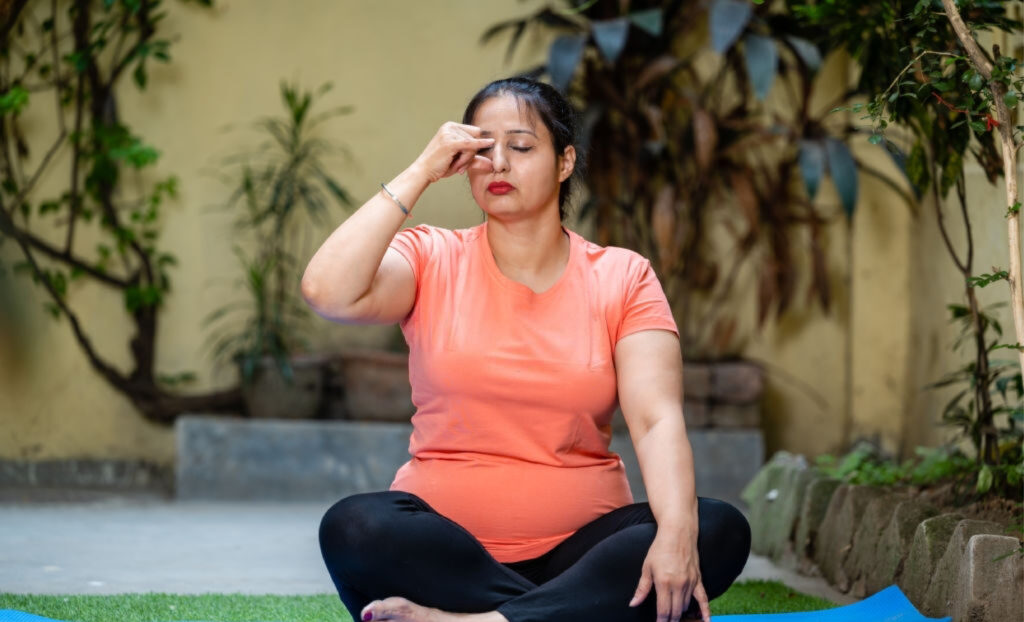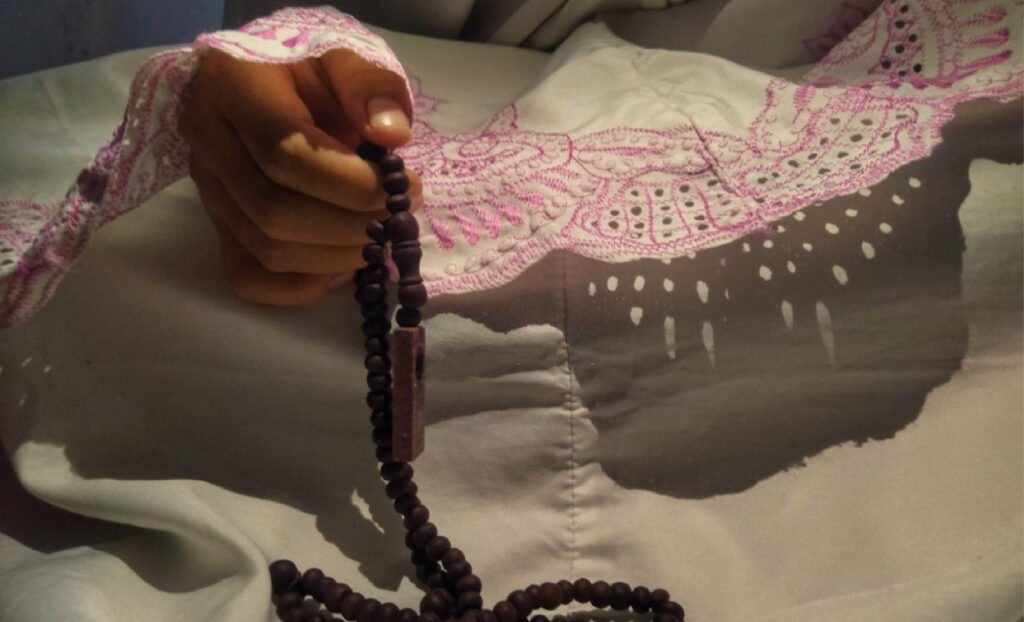Breathing is the fuel that keeps our hearts going. Depending on how we breathe and how well we treat our bodies has a great impact on our wellbeing. Breathing and breathwork have played a major role in the development of many religions. Breath watching has been an integral part of many cultures in terms of leading an ideal life according to their religious understanding. If you want to get a better understanding of how different breathing techniques are used across different cultures and religions, then this is the perfect article for you. We are going to be looking into how Hindus, Chinese, Muslims, Greeks, and Christians focus on breathwork and breathing exercises.
How Do Cultures And Religions Use Breathing Techniques?

Although different cultures have different ways they use breathing techniques, there is one thing in common. Breathing techniques and breath watching are used as a way of improving focus on spirituality and quality of life. It is believed that by watching your breath you get to learn how to control other aspects of your life. As such, common problems like stress and anxiety can easily be managed. Breath watching is a great way to connect your mind and body. Breathing has the power to relax your mind and keep you calm even in the worst of situations. As a result, your body does not need to go through the same distress it would have gone through if your breathing were unregulated.
In many cultures, breathing techniques are used for health purposes as well. Breathing is deeply related to boosting the performance of your immune system as well. The immune system is responsible for fighting off diseases. So people who practice breath watching tend to get sick less often and lead a healthier life. Breathing is also linked to weight loss. If you want to increase the fat-burning process, there are several breathing techniques used specifically for weight loss.
Breathing Techniques in Hinduism

Breathing techniques are an important part of Hindu culture. You will find the Sanskrit word ‘prana’ which roughly translates to breath, respiration, wind, vitality, energy, life force, or strength being used to describe the breath. According to early Indian literature, there is a relationship between human breath, the atmospheric wind, and the cosmic order. Based on Indian medical theory, there are 5 ‘pranas’ that operate within a body: prana, udana, Samana, Apana, and vyana. Prana refers to the breath of the front and ensures swallowing and respiration. Udana means the breath that goes upwards and is responsible to produce speech. Samana refers to concentrated breath and provides air for digestion. Apana is the breath that goes downwards and is in control of excreting urine or feces. Lastly, vyana refers to the diffused breath and circulates throughout the whole body distributing energy.
Hindu yogic breathing is called Pranayama, which is a respiratory discipline of rhythmic control of the breath. Pranayama is used to change irregular breath flow by consciously controlling breathing. Breathing is done in a rhythm so that it becomes even and slow. Through pranayama, the lungs are cleansed, blood is oxygenated, and the nerves purified. Even today, in modern yoga classes all over the world, pranayama is taught and practiced.
Breathing Techniques Among the Chinese

Breathing exercises and breath watching go far back in China. The Chinese take part in something called methodical breathing where breathing is done in such a way that it is circulated in the body to live a long life. Shamanic techniques are also popular. In this technique, the breathing and movements of animals are imitated. The whole purpose of breathing exercise and control is to obtain what is called chang sheng, or long life. It is achieved by holding the breath through periods of normal respiration.
On top of increasing their lifespan, these breathing exercises aim to return to the breathing experienced in the womb by the embryo. This is known as embryonic breathing or immortal breathing.
Breathing Techniques in Islam

In Islam, the principal purpose of breathing is to create an equilibrium and balance. According to Ibn Sina, the left side of the heart is considered to be the source and storehouse for breath. As the main organ of breathing, the heart is responsible for moving the breath throughout the body so that all its parts get proper treatment.
As for the breathing techniques, Islamic mystics practice breath control in dhikr. Certain phrases are repeated in a ritual order either out loud or in the mind. It is accompanied by breathing and moving in a certain way. Dhikr is also believed to heal the sick in Islam. Some set phrases are repeated and breathed over the sick in hopes of healing them.
In the Bible

In the Bible, breath control and the role of breathing are mentioned in several concepts like ruah, neshamah, nesesh, pneuma, and psuche. You will find that Christian prayer is similar to Hindu yoga. The tradition of hesychasm is a type of prayer that requires quietness in body, mind, and soul. It is based on the control of physical aspects like breathing. This is done so that all the concentration is on the prayer so that the person can achieve peace of soul and get connected to God. The prayer is done by sitting in the corner of a quiet room with the chin pressed against the upper chest. With the mind, the eye is directed to the navel. A praying phrase is said while compressing air so that normal breathing does not come as easily. This is also called the Jesus prayer because it is based on Jesus’ instruction when he says: whenever you pray, go into your room and shut the door and pray to your unseen Father, and your Father who sees what is done in secret will reward you.
Conclusion
Breathing and breath watching have always been an important part of many cultures and religions. While the reasons to practice breathwork might be different, the underlying result is the same in every case — to live a good and healthy life.
You can also read: Breathing To Heal: How It Works